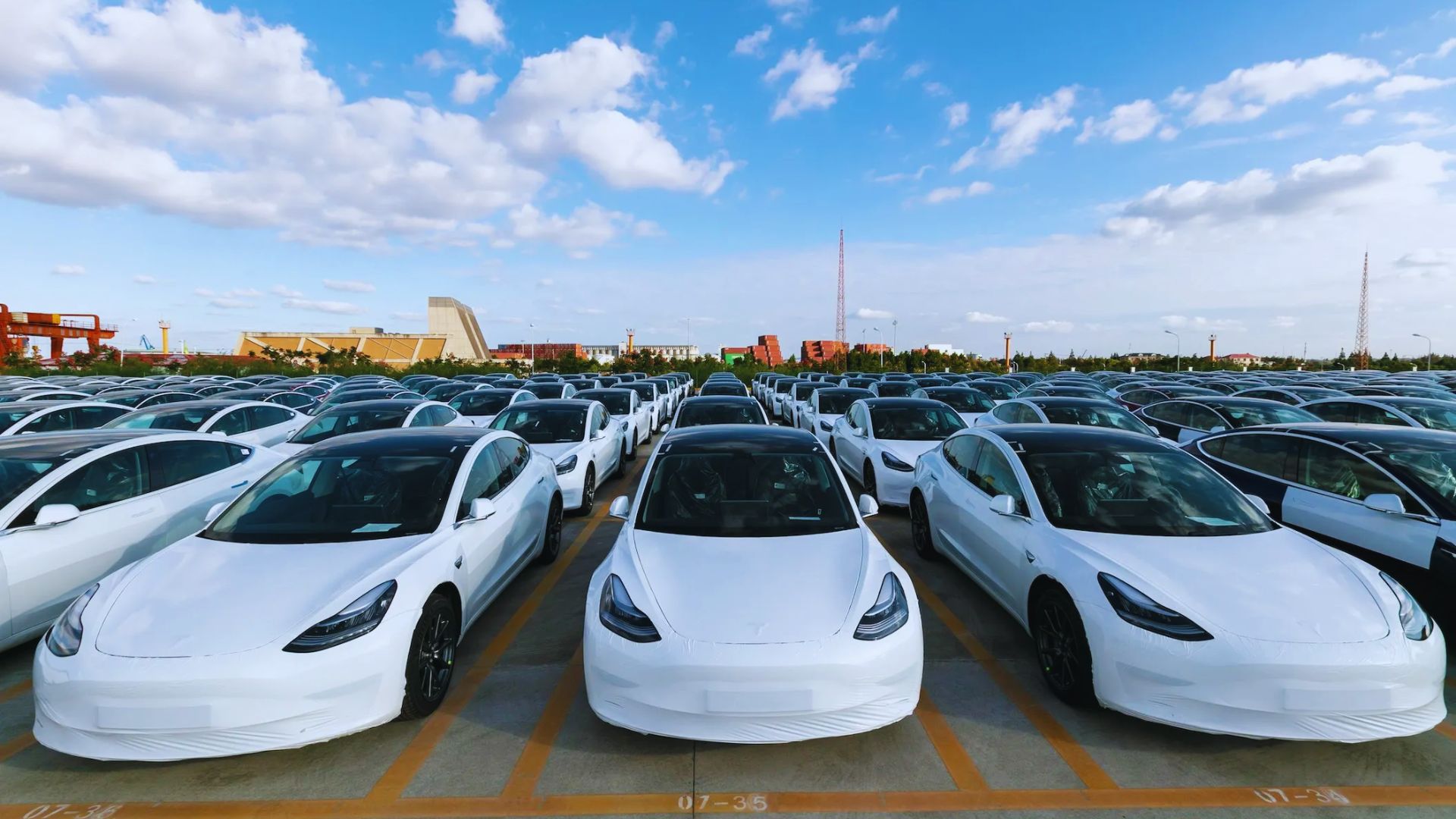Tesla faces a challenging 2024 amid rising competition, with strategies to maintain growth and investor confidence key.
Tesla’s Challenging Start to 2024
Despite a successful 2023, Tesla has faced a tough beginning in 2024, with its stock trading down 12% year to date, a contrast to the previous year’s rebound. Over the last three years, Tesla’s stock has decreased by over 22%, and it’s down 46.6% from its peak.
Reversing the Trend: Tesla’s Strategy Ahead
To restore investor optimism, Tesla needs to refocus its strategy. Despite a challenging economic environment in 2023, characterized by rising interest rates and declining consumer demand, Tesla achieved its production and delivery goals, producing 1.85 million and delivering 1.81 million vehicles. These figures were in line with the targets set in its Q4 2022 earnings presentation.
Navigating Through Uncertain Times
The upcoming year poses significant challenges for Tesla. The company aims to grow production by 50% annually, which implies a production target of 2.77 million vehicles in 2024. However, achieving this goal amidst uncertain market conditions, including competition and external factors like supply chain bottlenecks, will be a daunting task.
Rising Competition and Tesla’s Response
Tesla is now facing stiff competition from both legacy automakers and new EV players. For instance, Toyota plans to significantly ramp up its EV production, aiming for 600,000 EVs in 2025 and 1.5 million by 2026. This growing competition, particularly from Chinese EV manufacturers like BYD, poses a threat to Tesla’s market dominance.
Tesla’s Strengths Amidst Challenges
Despite these challenges, Tesla has several strengths. The company remains a cash cow, generating substantial cash to reinvest and fuel growth. Tesla’s strong brand and balance sheet, characterized by a net cash position, set it apart in the capital-intensive auto industry.
Outlook for Tesla Investors
Investors should be prepared for Tesla’s stock volatility, which has seen drastic swings in the past two years. While 2023 was a year of growth, 2022 saw a significant decline. The key for investors is to understand Tesla’s potential for long-term success, particularly in innovations like autonomous driving and robo-taxis.
For those considering Tesla stock, a strategy of dollar-cost averaging and readiness to capitalize on any significant dips could be prudent. Despite the potential for short-term challenges, Tesla remains a valuable investment for those who can navigate its volatility.




